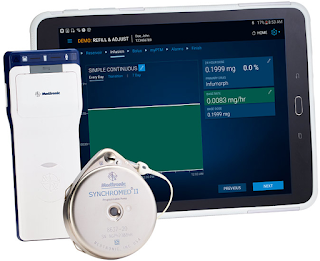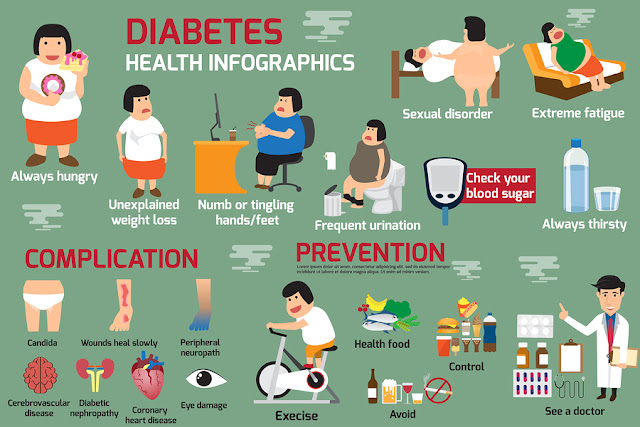The FDA has issued approval for the Implantable System for Remodulin, which is really the Synchromed II drug infusion system from Medtronic , consisting of an implantable pump, controller, and catheter. The system is used to treat pulmonary arterial hypertension by delivering Remodulin (Treprostinil) into the vein at the superior caval-atrial junction. The pump is implanted under the skin of the abdomen and programmed to deliver the drug at a desired rate. The pump’s drug chamber can be refilled via an injection through the skin whenever the reservoir runs low. Medtronic has engineered the pump to achieve a high level of guaranteed performance by reducing how much the pump’s shaft wears out and preventing motor stalls. Prior to the current approval, the Synchromed II was cleared as an infusion system for Infumorph, a morphine-based solution for treating chronic intractable pain, and Prialt, a ziconotide solution for management of severe chronic pa...
 Value-based care and health information exchanges are an increasingly important part of the overall healthcare landscape, and the ability for all providers – from general practitioners and specialists to post-acute care organizations, etc. – will only grow as a critical component of care delivery in the future. These types of solutions have only started being developed in the past few years by companies such as referralMD, that are changing how healthcare companies communicate by including post-acute care providers in critical interoperability workflows, as these providers are expected to be a big part of health care cost containment.By including post-acute care in interoperability strategies, healthcare organizations can ensure that critical patient information across all care settings will be connected, providing a more detailed patient picture for more specific treatment plans and improved patient care. The statistics are damning, hospitals lose $75+ million per year per 100 affiliated physicians due to referral leakage, a burden that can be reduced by proper referral network management that companies such as referralMD can help monitor. Hospitals are just starting to get make changes in their budgets to include programs that can truly help patients receive better care, and save their staff’s time in the process. Not only are hospitals affected but so are small-to-mid sized practices, with many having to juggle 100’s of specialty offices with different workflow requirements, without an electronic way to exchange information, the process breaks down, information is not accurate, and time is wasted.
Value-based care and health information exchanges are an increasingly important part of the overall healthcare landscape, and the ability for all providers – from general practitioners and specialists to post-acute care organizations, etc. – will only grow as a critical component of care delivery in the future. These types of solutions have only started being developed in the past few years by companies such as referralMD, that are changing how healthcare companies communicate by including post-acute care providers in critical interoperability workflows, as these providers are expected to be a big part of health care cost containment.By including post-acute care in interoperability strategies, healthcare organizations can ensure that critical patient information across all care settings will be connected, providing a more detailed patient picture for more specific treatment plans and improved patient care. The statistics are damning, hospitals lose $75+ million per year per 100 affiliated physicians due to referral leakage, a burden that can be reduced by proper referral network management that companies such as referralMD can help monitor. Hospitals are just starting to get make changes in their budgets to include programs that can truly help patients receive better care, and save their staff’s time in the process. Not only are hospitals affected but so are small-to-mid sized practices, with many having to juggle 100’s of specialty offices with different workflow requirements, without an electronic way to exchange information, the process breaks down, information is not accurate, and time is wasted.

Comments
Post a Comment